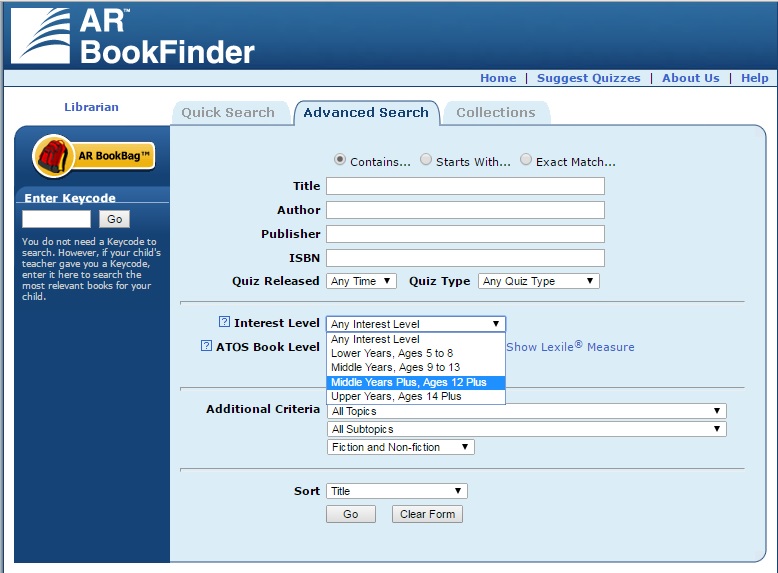- Sales & Support
- +61 2 4225 9698
- [email protected]

How to use AR quizzes for whole class reading
February 16, 2017
What is student agency?
August 11, 2017Understanding the ‘Challenge’ of ‘Reading To’

By: Margaret Allen, Strategic Education Manager, Renaissance UK
Very often when we talk about engendering a love for reading from a young age, the temptation can be to choose the books we think are most age appropriate rather than those that fall within a child’s ZPD (Zone of Proximal Development) – as Vygotsky termed it – which can be identified when using Renaissance Star Reading and Renaissance Accelerated Reader. However, when we conceptualise the different ways in which children can engage with reading, which we define as READ TWO:
- To – book is read to the child
- With – child and adult engage with the text together
- Own – child reads the book independently
It starts to beg the question as to whether the same book would be most appropriate for all types of reading – a topic which ‘Teach Like a Champion’ author, Doug Lemov, directly addressed in his recent TES article.
According to Doug, ‘understanding complex vocabulary and syntax is the key to boosting literacy’, and he goes beyond the basic advice ‘read to your kids’ to encourage parents to read more challenging texts to their children – ‘books more advanced than they can read on their own’.
As a passionate book lover and someone who has always enjoyed reading to my own children (and now grandchildren), I welcome Doug’s advice and agree that reading more advanced books will prepare children to engage with difficult texts and complex ideas.
But the challenge for parents then becomes how to identify which books will be advanced enough to support literacy development – without overwhelming the child.
One simple way is to run sample text through the ATOS analyser. This free online resource is a research-proven tool which uses a readability formula to confirm text complexity. Taking into account the most important predictors such as average sentence length, average word length and word difficulty level – the ATOS analyzer delivers the results in a grade-level scale that is easy to use and understand.
Parents can also make use of AR BookFinder, which is fully searchable library of all books which have been quizzed for use with Accelerated Reader. Even if a child’s school does not use the AR programme, AR BookFinder is still of value as it lists the ATOS book level along with the age interest level is it likely to appeal to – making it quick and easy for parents to double check if they are choosing a book that is more advanced than their child’s reading ability.

So for parents looking to read more advanced books to their children, the challenge is less about identifying the most appropriate texts to choose… and more about where to start given all the choice!



